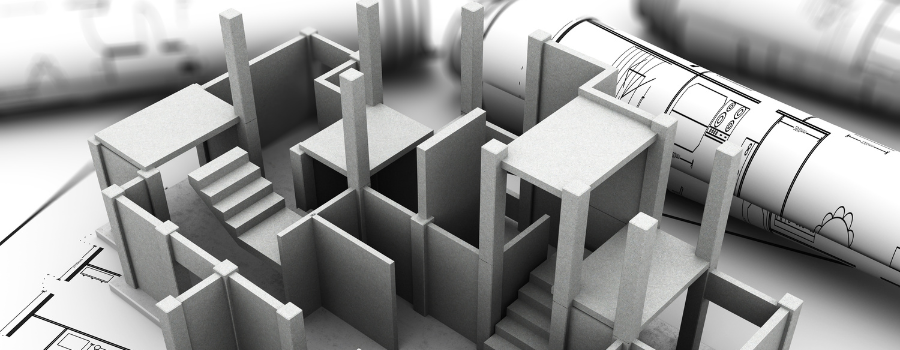In the AECO industry, the relationship between design and build is critical—but too often, it’s technologically fragmented. While designers and architects rely on Autodesk platforms to develop plans and models, construction teams are often executing in Procore or Autodesk Build. Each platform is powerful in its own right, but they don’t naturally talk to each other.
This disconnect creates friction that impacts coordination, drives rework, and delays delivery—especially during the transition from design to build.
The more complex the project, the more costly these disconnects become. That’s why streamlining the connection between design and construction phases isn’t just a digital upgrade—it’s a strategic move toward more efficient, collaborative project delivery.
The Design-Build Disconnect: A Common Industry Challenge
While design and build teams are increasingly digitized, they’re still operating in different digital worlds:
- Design teams tend to work primarily within the Autodesk Construction Cloud (ACC), using tools like Revit, BIM 360, and Autodesk Docs to manage drawings, models, and project data.
- Build teams, meanwhile, often execute the project using Procore or Autodesk Build—focused on site-level operations, RFIs, submittals, and punch lists.
This separation creates silos. Even though both sides are using best-in-class tools, the lack of native interoperability means that:
- RFIs, submittals, and other data must be manually reentered between systems
- Teams risk working from outdated documents or disconnected issue logs
- Misalignment causes delays, duplicated efforts, and missed details
For projects aiming to stay on schedule and within budget, this fragmentation can be a major liability.
Why Streamlining Design-Build Connections Matters
Connecting design and build phases in a more integrated way pays dividends across every project stage:
- Design Intent Stays Intact: Field teams can access the latest models and documentation without extra steps or second-guessing.
- Field Feedback Moves Faster: Issues raised onsite can be reviewed and resolved by designers more efficiently.
- Submittals and RFIs Are Handled Seamlessly: Eliminating manual steps speeds up response times and cuts down on errors.
- Closeout Becomes Smoother: With both systems in sync, turnover packages are easier to compile, audit, and hand off to owners.
Ultimately, a connected workflow reduces friction, improves accountability, and supports higher-quality outcomes—especially on complex projects.
Making It Work: How WorkBridge Enables Connected Collaboration
This is where WorkBridge from ProjectReady steps in—not as a replacement for Autodesk or Procore, but as the link between them.
Designed specifically for the AECO, WorkBridge enables data sync and transfer between platforms, removing the manual burden from project teams and creating one consistent project narrative from start to finish.
WorkBridge enables:
- Syncing and transferring key data—like submittals, RFIs, issues, photos, documents, and forms—across Autodesk Construction Cloud and Procore
- Support for multiple ACC hubs and Procore companies, bridging gaps between internal and external project collaborators
- Automation that ensures all systems are aligned—no more copy-pasting or double data entry
- Historical project data transfer, so past projects and reference info don’t get left behind
Whether teams are fully in Procore, fully in Autodesk, or split across both, WorkBridge ensures that workflows and information don’t get lost in translation.
Learn More about WorkBridge or Get a Demo.
Real-World Impact
With a streamlined design-to-build connection, AECO teams can:
- Work more efficiently by removing repetitive tasks and reducing rework
- Stay aligned across disciplines, timelines, and project phases
- Improve decision-making with up-to-date, synchronized data
- Deliver higher quality outcomes while shortening project timelines
And perhaps most importantly—project teams can focus on designing and building, not chasing documents or reconciling systems.
Final Thoughts
The AECO industry is evolving rapidly, but one of its most stubborn inefficiencies remains the divide between design and construction. When Autodesk and Procore operate in isolation, that divide widens. But when connected through tools like WorkBridge, the transition between planning and execution becomes a smooth, collaborative process.
Streamlining the connection between design and build phases means better communication, reduced risk, and faster delivery—and that’s something every project can benefit from.

